Renovating your home is an exciting way to refresh its look, boost its value, and improve functionality. While picturing a major overhaul is easy, large projects can be costly. The good news is, you don’t need a huge budget to make impactful changes. With strategic updates, you can transform your space without overspending.
Before you start knocking down walls or hiring a crew, understanding your home’s current condition is the smartest first step. A professional inspection can help you prioritize which renovations are most needed, ensuring your budget goes where it matters most.
Here are seven budget-friendly renovations that deliver impressive results.

1. Freshen Up with Paint
Painting is arguably the easiest and most affordable upgrade with the biggest return. A fresh coat of paint—whether in a single room or throughout the house—can instantly brighten your space, cover scuffs, and make everything feel clean and new. Neutral colors offer timeless versatility and appeal to more people, while bold accent walls can add a splash of personality.
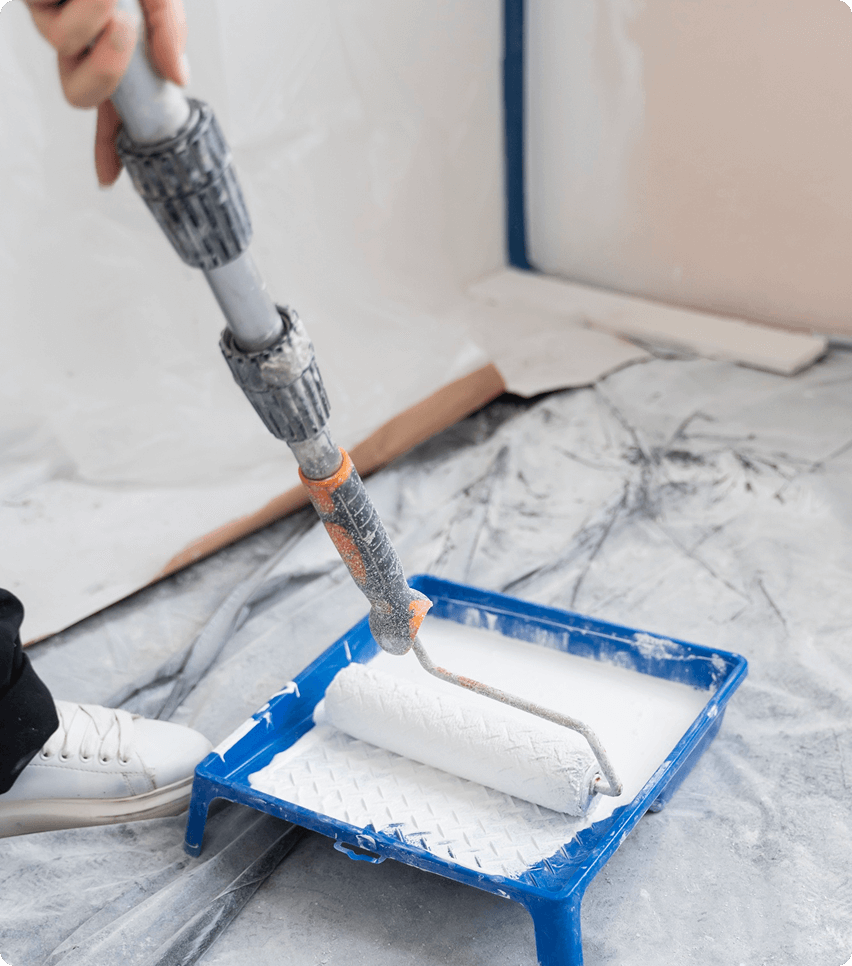
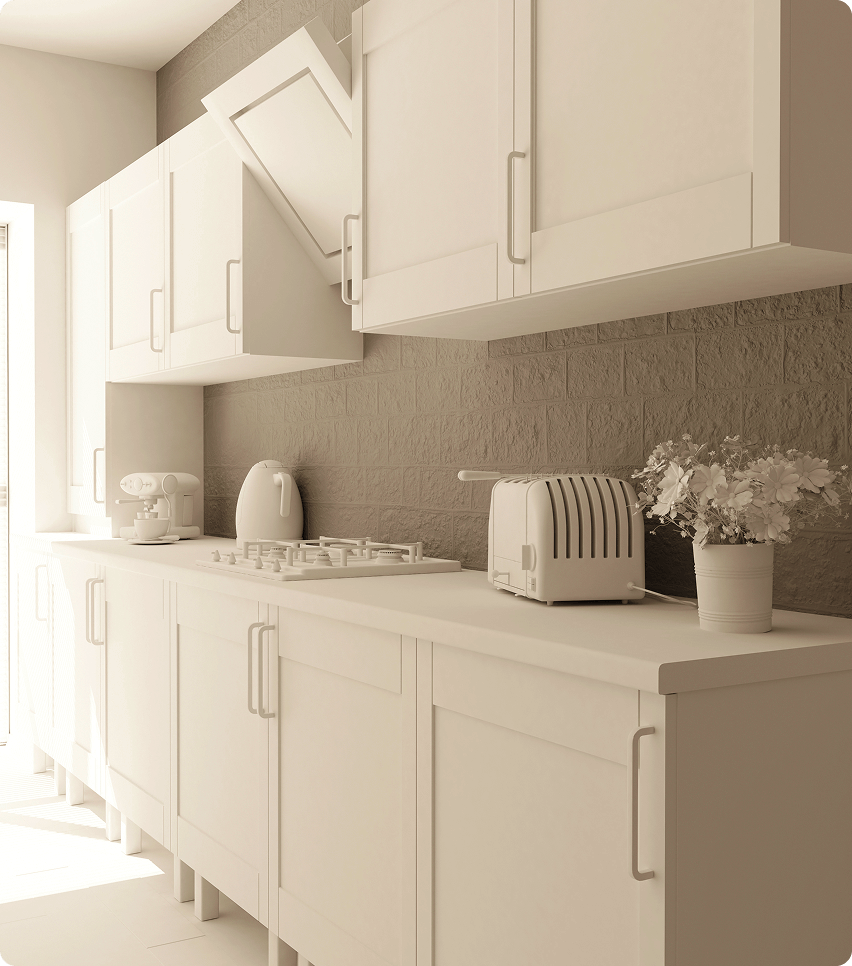
2. Update Kitchen Cabinets
A full kitchen remodel is one of the most expensive projects, but you can achieve a modern look for a fraction of the cost by focusing on the cabinets. Instead of replacing them, give them a facelift by sanding, painting, or refinishing. Completing the transformation with new, modern hardware like handles or knobs is a small detail that makes a world of difference.
3. Improve Lighting Fixtures
Nothing dates a room faster than old, builder-grade lighting. Replacing outdated fixtures with stylish, energy-efficient options can completely change a room’s mood and functionality. Consider adding pendant lights over a kitchen island, modern sconces in a hallway, or installing dimmer switches for added ambiance and control.
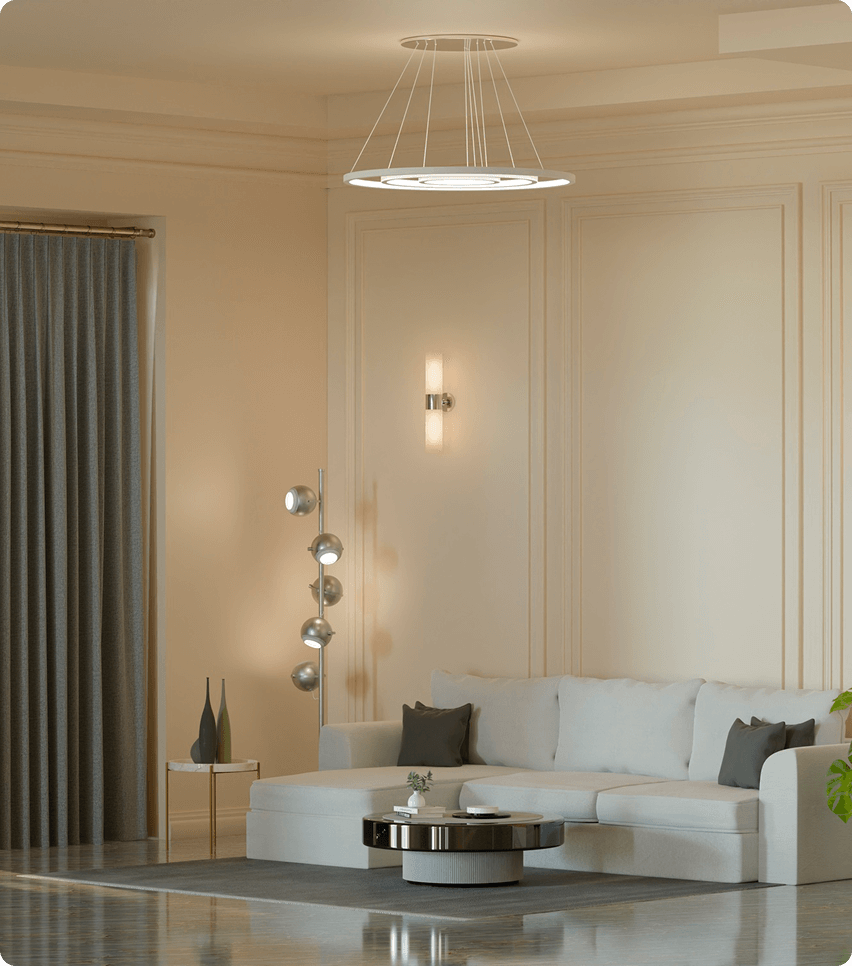
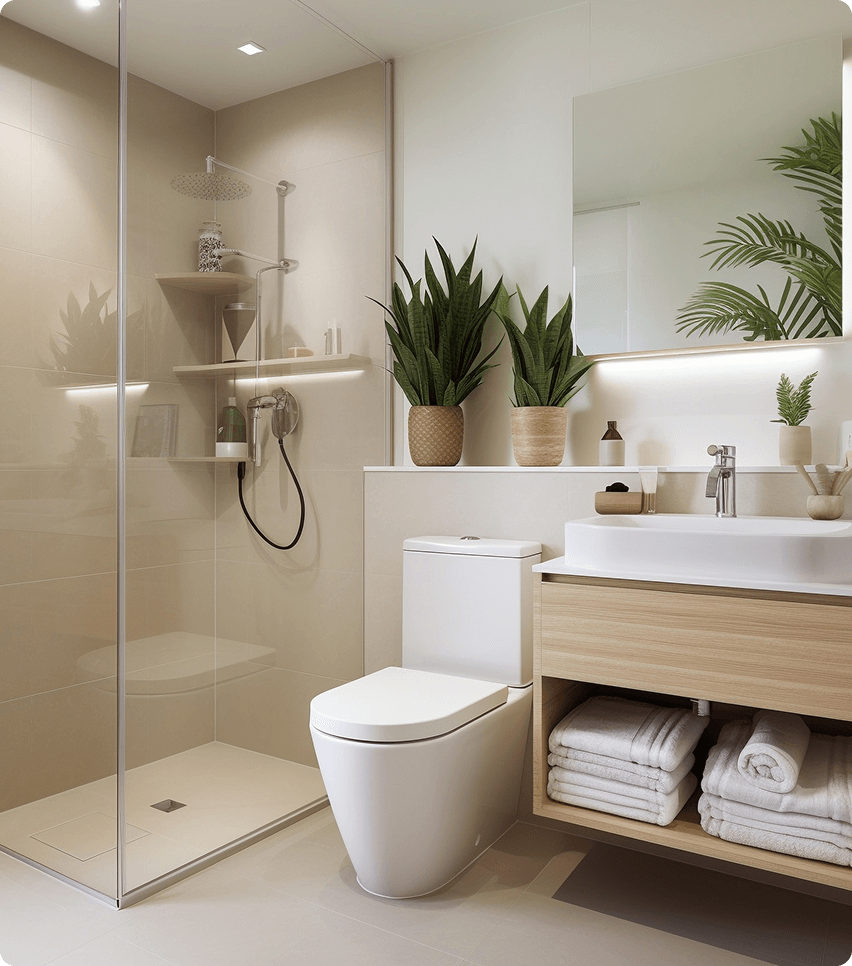
4. Refresh the Bathroom on a Budget
Similar to kitchens, full bathroom remodels are expensive. However, simple swaps can make a big impact. A new shower curtain, a modern mirror, updated cabinet hardware, or a new faucet can breathe new life into the space. For a little more effort, regrouting stained or cracked tile gives your bathroom a clean, updated look without the cost of replacement.
5. Add a Stylish Backsplash
A backsplash is a fantastic way to add color, texture, and style to kitchens and bathrooms. With affordable and easy-to-install options like peel-and-stick tiles or classic ceramic tiles, this is a quick DIY weekend project that delivers lasting style and protects your walls from splashes and stains.
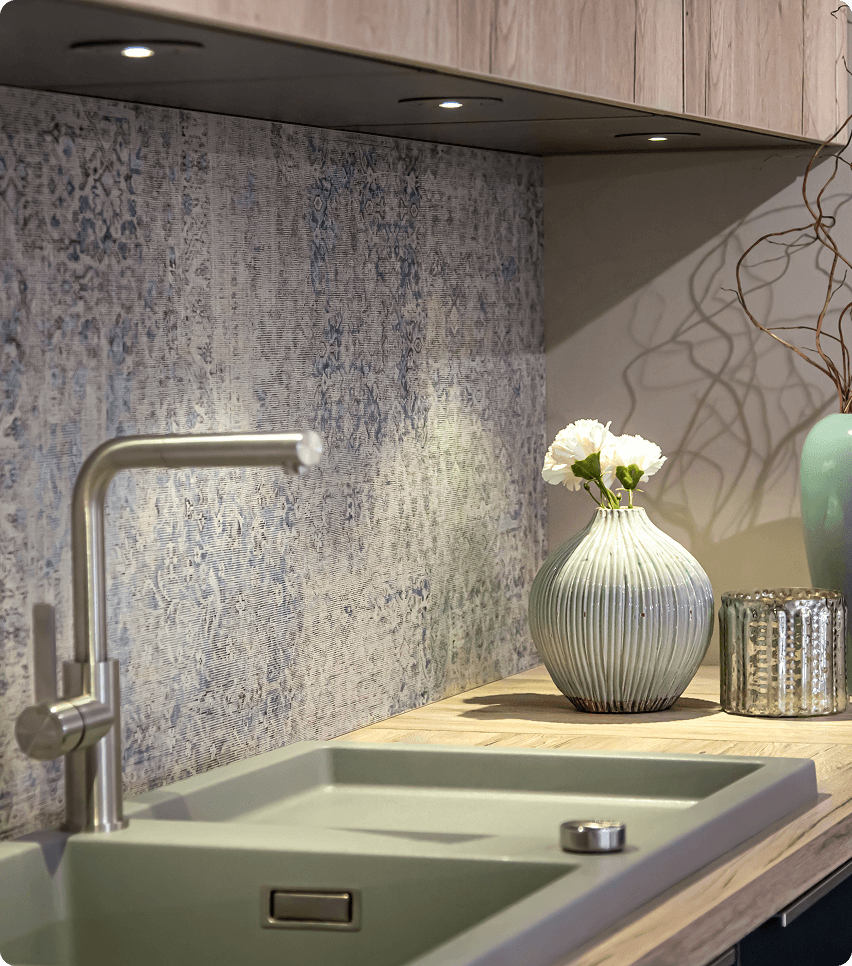
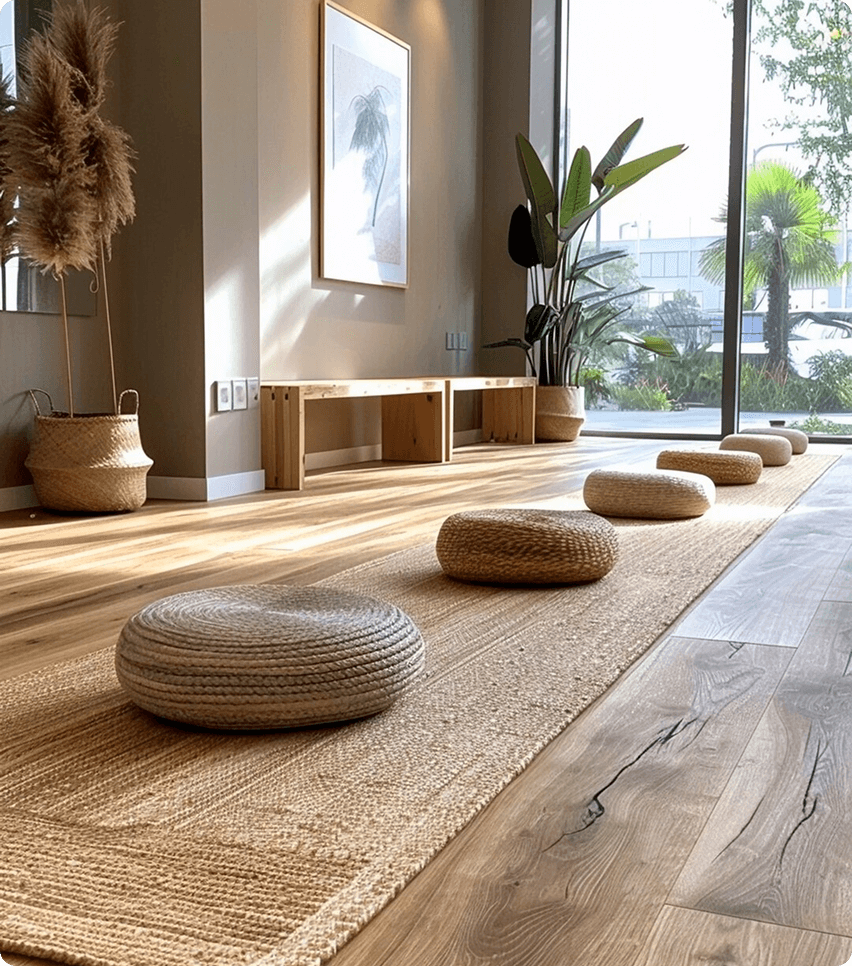
6. Refinish Hardwood Floors
If your hardwood floors are looking scratched and worn, don’t assume you need to replace them. Sanding and restaining can restore their original beauty for far less than the cost of new flooring. It’s a project that dramatically revitalizes your entire home’s aesthetic.
7. Boost Your Home’s Curb Appeal
First impressions matter. You can create a welcoming entrance with small, inexpensive outdoor updates. Trim overgrown bushes, plant seasonal flowers, add fresh mulch to garden beds, or repaint your front door with a bold, inviting color. These small changes collectively make a huge difference in your home’s overall appeal.




